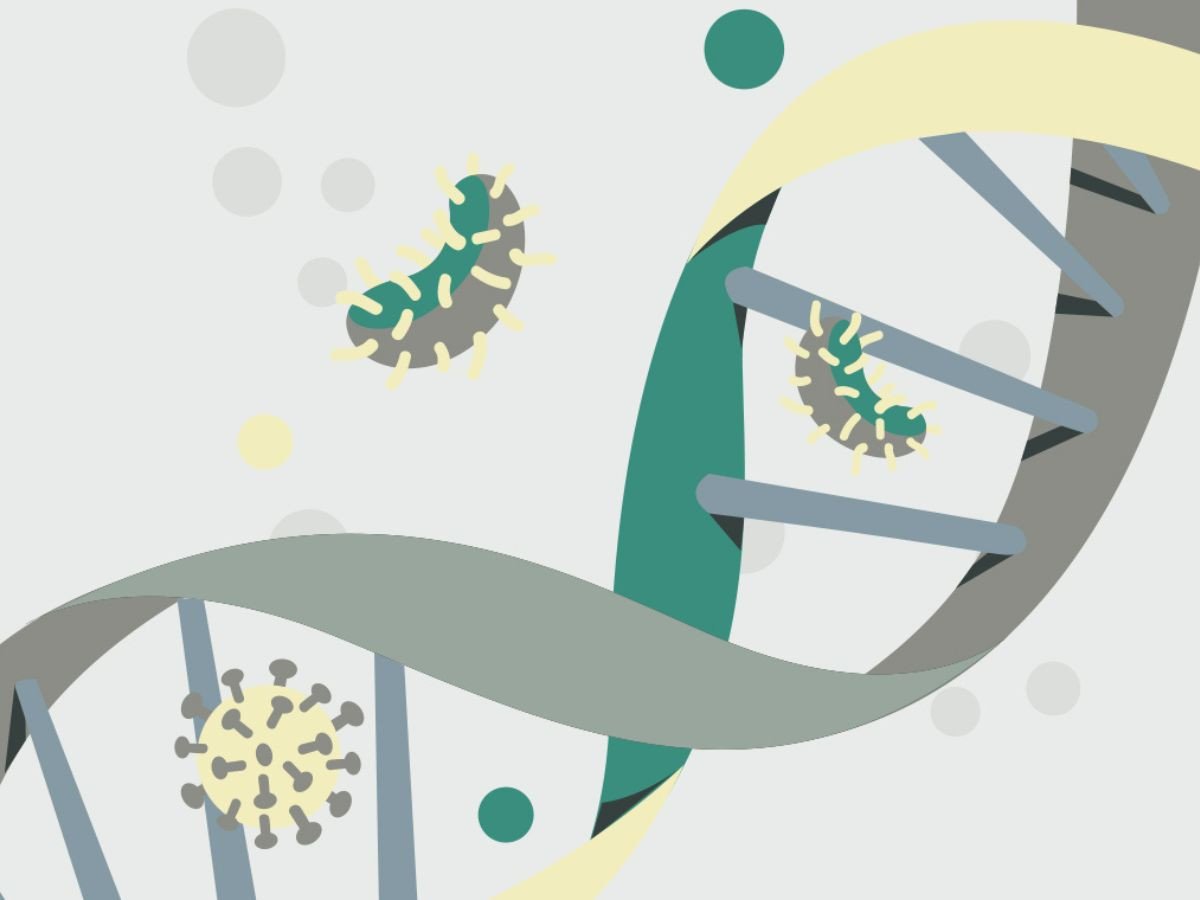When 28-year-old Sana began to lose clumps of hair and to wake up with stiff, painful joints in her right hand, she told herself it was nothing but stress. Six months later, a rash across her cheeks flared and she developed breathlessness. Multiple doctors offered inhalers, creams, or reassurance that it would go away. It was only after a referral to a tertiary hospital that blood tests and specialist review produced a diagnosis. She had systemic lupus erythematosus (SLE), an autoimmune disease in which the body’s own immune system attacks skin, joints, kidneys, and other organs.
Sana’s story is far from unique. In Pakistan, a growing body of clinical research, hospital case series, and on-the-ground testimony from physicians and patients points to two linked truths that autoimmune diseas

 The Express Tribune
The Express Tribune

 America News
America News Associated Press Top News
Associated Press Top News The Columbian
The Columbian KNAU
KNAU Healthcare Dive
Healthcare Dive Esquire
Esquire KUOW Public Radio
KUOW Public Radio Arizona Daily Sun
Arizona Daily Sun AlterNet
AlterNet